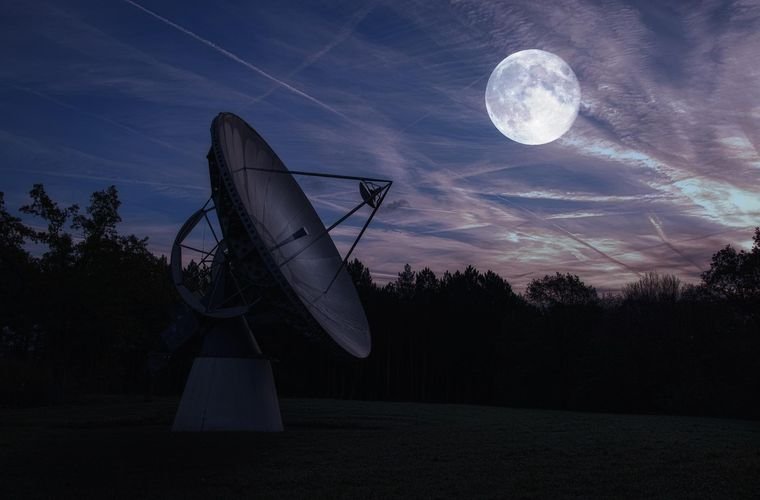It seems almost second nature to question whether we are alone in the universe. From scientists and philosophers to authors of science fiction and just everyday thinkers, this question has remained on people’s minds throughout the centuries, as the notion that Earthlings could be alone in the universe is a bit terrifying. The desire to know whether we have any cosmic kindred out there has driven scientists to discover a number of unique ways of searching for possible evidence of intelligent alien life. Now, a paper recently published by a group of leading scientists involved in this search has proposed novel new methods that focus on the ongoing hunt for evidence of alien life in the form of technosignatures.
Background: What are Technosignatures?
Like biosignatures–physical traces that point to evidence for the present or past existence of biological organisms–technosignatures are the physical traces of technological advancement produced by a civilization. These can include things like detectable signatures in the electromagnetic spectrum, or even industrial pollution, all pointing to technologies in use by a large, organized civilization or group.
The search for technosignatures is not a new idea, of course. It has been undertaken by astronomers for over 50 years, mainly comprising the search for signs of distant radio signals within certain bands. However, scientists have long proposed that there could be other methods of searching for signs of intelligent alien life.
Analysis: Urban Lights and Alien Life
In a new paper published in Acta Astronautica, researchers from SETI recommended looking not only for radio signals as technosignatures but also for something most city dwellers here on Earth would recognize as a common feature on any evening: lights produced by large urban areas.
According to the authors, “These more urbanized planets would have a higher nightside brightness from city lights, and be correspondingly easier to detect.” The paper also implies that the search for alien life via technosignatures is fairly easy to add to current space missions, making it more cost-effective. Because funding has been an ongoing issue in looking for alien life, such new methods may help to make these projects more feasible.
The researchers also highlighted other kinds of technosignatures scientists might look for, among them signs of atmospheric composition. For example, a high composition of NO2 (nitrogen dioxide) may hint at the presence of alien life on an exoplanet.
“The production of NO2 on Earth today includes biogenic and anthropogenic sources, in addition to lighting,” the paper’s authors state. “However, human-generated NO2 dominates by three times the amount from non-human sources.”
“Detecting high levels of NO2 at levels of that of non-technical emissions found on Earth could be a sign that the planet may host industrial processes,” the paper’s authors add.
Outlook: The Limitations of Technosignature Searches
At their root, the search for technosignatures involves searches for life on other planets based on the expectation of their technological developments, since some life forms on other planets–perhaps even the majority–may not be advanced enough to display detectable signatures. Life on distant planets could be primal in nature, or even bacterial, which would remove the possibility that scientists would be likely to detect them from afar.
In such cases, detectable biosignatures would be required in order to discover such instances of life, although the authors of the paper published in Acta Astronautica say that ultimately, such efforts can potentially be complemented by efforts to detect technosignatures.
“The search for technosignatures can complement the search for biosignatures by looking for spectral evidence of technology in a planet’s atmosphere or within planetary systems,” the paper’s authors say, although noting that “the theoretical basis for understanding and prioritizing possible technosignatures remains in a state of infancy compared to biosignature science.”
The paper, “Searching for technosignatures in exoplanetary systems with current and future missions” by Jacob Haqq-Misra, Edward W. Schwieterman, et al., can be found online here.
Kenna Hughes-Castleberry is a staff writer at the Debrief and the Science Communicator at JILA (a partnership between the University of Colorado Boulder and NIST). Her writing beats include deep tech, the metaverse, and quantum technology. You can find more of her work at her website: https://kennacastleberry.com/

